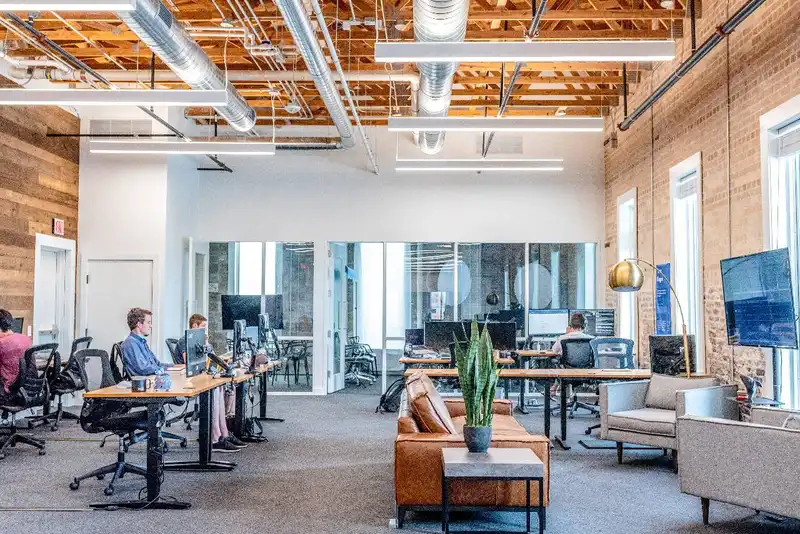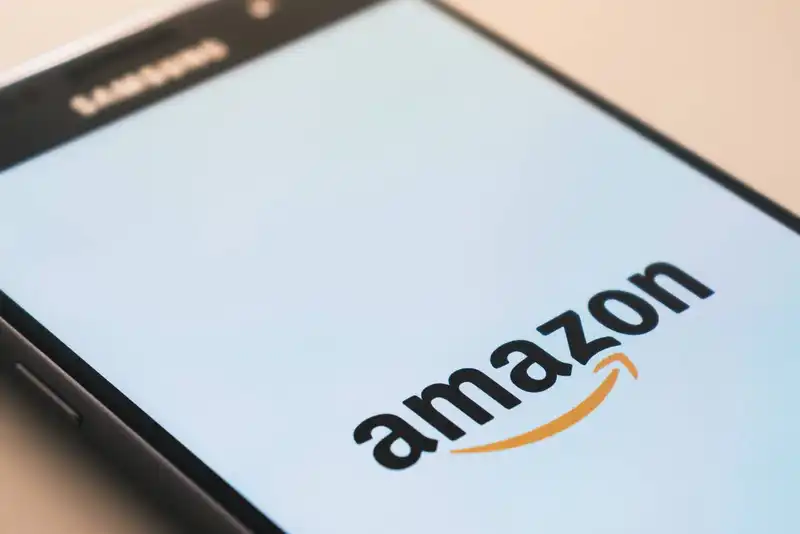Cost Leadership Strategy- Definition & How to Create One
Offering products and services at the lowest possible prices is an effective strategy that is utilized by most businesses for stimulating overall growth. A company turns out to be more competitive when it is offering its products and services at lower prices. In order to achieve this, it is necessary for an organization to set up a proper cost leadership strategy.
Here, we will shed light on the meaning of cost leadership in an organizational setup and how to achieve this effectively.
Insight into Cost Leadership Strategy
Cost leadership is the method of securing a competitive advantage for small businesses by ensuring the lowest possible cost of operation in a given industry. The given strategy turns out to be particularly useful where price serves as a key factor in the sales equation.
The main objective in the price war of an organization in effectively achieving cost leadership is to become the producer of a particular commodity at the lowest price when compared with its competitors. This is generally achieved with the help of large-scale production, which enables firms to achieve economies of scale or through the innovation of the production process.
A cost leadership strategy can be referred to as the dedicated plan of an organization for becoming a cost leader in the given category or market. In order to achieve a high profit margin without significantly affecting the overall revenues, a business is expected to reduce costs in all possible areas of operation, including distributing, marketing, and packaging.
Ways to Achieve Cost Leadership

While it might appear somewhat challenging at the outset, it is theoretically possible to achieve cost leadership in any business structure. The creation of a unique and efficient cost leadership strategy that proves to be better than the competitors is the ultimate goal.
A cost leadership strategy is known to work on the basic principle that the more the number of specific units gets produced, the lower the overall unit cost. This strategy makes use of factors of the scale of productionenabling the production of thoroughly standardized products with the help of the advancing technology. As such, it can be said that a cost leadership strategy allows companies to sell more units at a lower price margin on a per-unit basis.
Still, there are no escapes or short-cuts for brands pursuing cost leadership strategy in order to achieve a high profit margin. They must commit to seeing the process through, or they're more than likely to continue falling behind their competitors.
Here are some of the proven ways in which organizations have brought about cost leadership in their respective business structures
Size Advantage
An increase in the overall purchasing power of consumers tends to be a major result of size advantage. Volume purchasing means that there's more money being distributed to suppliers, so there's more likelihood of obtaining lucrative deals through bargaining power that are advantageous to the (purchasing) business. The resulting lower unit prices can be passed on to customers, thus enhancing the organization's market presence.
Economics of Scale

Efficiency in the overall production processes leads to a decrease in production costs. The size of a company is known to factor prominently when considering economies of scale. In short, it can be said that the larger the business, the lower the overall unit costs are likely to be.
Raw Materials
Overall costs can be effectively reduced on the basis of the amount of access a particular company to the raw materials that are needed for production. For example, while one company might look forward to paying huge amounts for a specific resource, another might not be doing so because they own the facility that extracts or processes the materials, or have negotiated an advantageous arrangement with the supplier of the raw materials. A higher level of access to the raw materials translates into more latitude in cutting costs compared to competitors.
Focus
It's a misconception that a company has to be an industry giant in order to achieve cost leadership. With ample efficiency and the proper focus, even a small company producing a single product can look forward to becoming a cost leader in their industry.
Technology
It turns out that improved and innovative technologies of production turn to be vital in helping organizations achieve cost leadership. Those companies that position themselves to take advantage of novel technologies generally find themselves at a strategic advantage when formulating methods of reducing production costs and attaining cost leadership.
Operating Efficiency
As a company would aim at getting more tasks completed in lesser time as well as costs, it could turn out to be an effective way of increasing the overall efficiency. It also helps in reducing the overall costs. In short, it can be said that the lesser amount of time & money a company is spending on getting a particular task done, the more are the chances of achieving its objective of becoming a cost leader in the given industry.
Cost Leadership Examples

Here are a few examples of organizations that have achieved cost leadership by engaging one or more of the above strategies-
Amazon - Offers the maximum value for its customers at the lowest prices through size advantage.
McDonald's - The fast-food giant became a cost leader through volume purchasing, division of labor and employing and training inexperienced staff (thereby keeping employee retention costs at a minimum).
ALDI - ALDI is a German discount supermarket chain with over 10,000 stores in 18 countries. Originally a small family grocery store, it cut costs everywhere it possibly could (including eliminating big brands) and became the world's most sought-after discount supermarket.







